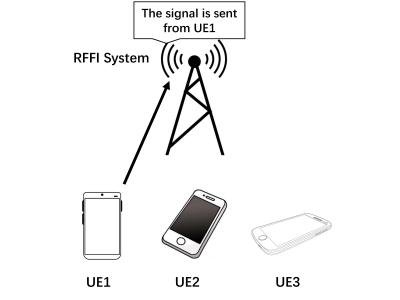
This dataset provides valuable insights into Received Signal Reference Power (RSRP) measurements collected by User Equipment (UE) devices strategically positioned within a moving train, featuring the hexagonal frequency selective pattern on its windows. Additionally, it includes RSRP values obtained from an external reference source using the rooftop train antenna.
All the data in this dataset corresponds to the research conducted in our work titled "Enhancing Mobile Communication on Railways: Impact of Train Window Size and Coating".
- Categories:







